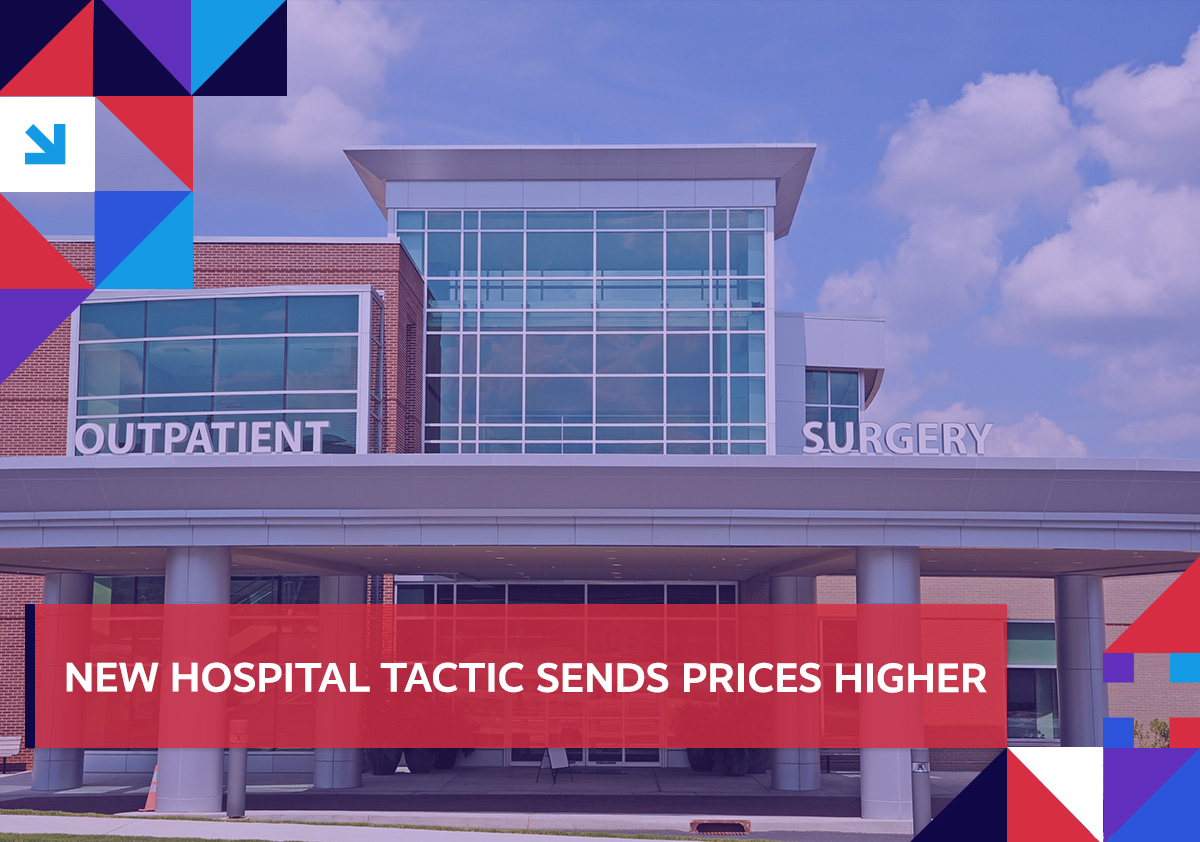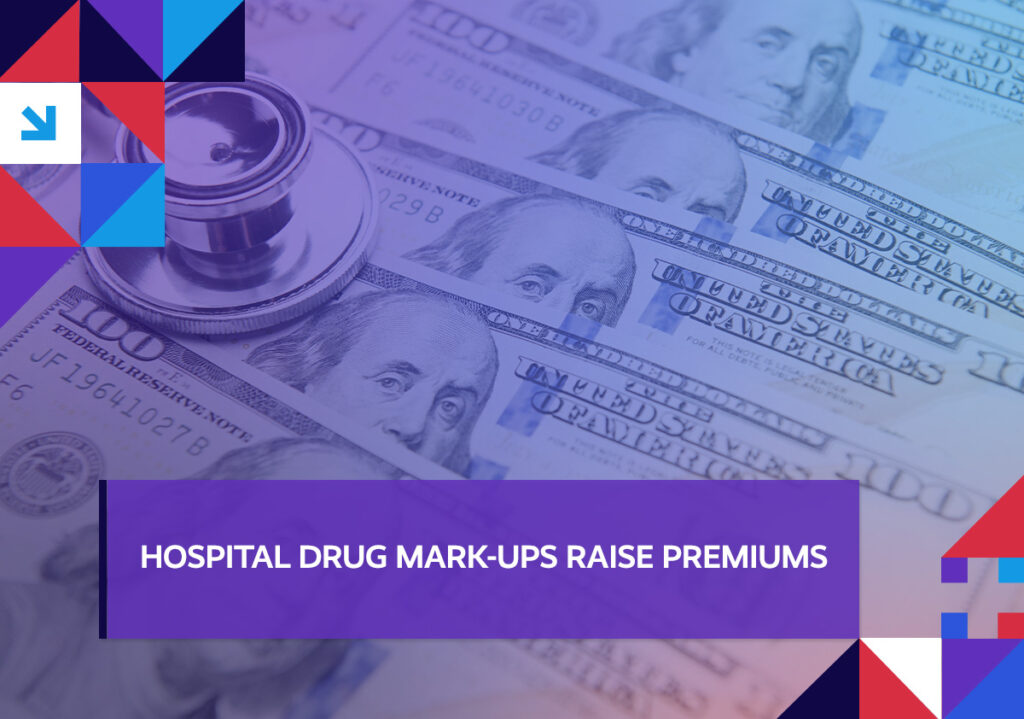A quick roundup of the issues driving the healthcare reform conversation.

Week in Review
EMPLOYERS HIGHLIGHT HARMFUL HOSPITAL REVENUE TACTIC
Quick takeaway: The CEO of the ERISA Industry Committee (ERIC), a nonprofit representing employers, has highlighted a troubling new tactic being deployed by many hospitals during their rate negotiations with health plans: dropping a patient’s insurer to demand much higher reimbursement rates.
Digging Deeper: Hospitals increasingly use this tactic to extract payment increases upwards of three times the rate of inflation – underscoring why hospital prices have increased more than 600% since 1990.
What it means: Hospital costs continue to be the top driver behind the rise of healthcare costs in the United States and make up the largest part of our healthcare spending dollar.
THE PATENT ABSURDITY OF PHARMACEUTICAL PRICES
Quick takeaway: Drugmakers exploit patent laws to protect monopolistic pricing over their products.
Digging Deeper: Patents are designed to spur innovation and allow entrepreneurs the ability to profit off an invention for 20 years. Ideally, after a patent expires, competitors are then able to bring their products to market, driving down prices for consumers.
However, this isn’t the case within the pharmaceutical industry, as highlighted by national think tank, R-Street. Drug manufacturers have been able to exploit several loopholes within the patent system to extend patents far beyond 20 years. One example is the process of filing new, secondary patents on an already existing product, which R-Street reports, has allowed for extensions for 70% of the top 100 drugs.
By the numbers: The cost to consumers, employers, and our entire health system for these extended monopolies on pharmaceuticals is staggering – in 2021, alone, $370 billion was saved through the use of generics and biosimilars. Not only that, the availability of more biosimilars could save another $100 billion over the next five years.
What it means: Increased scrutiny by Congress and the Federal Trade Commission (FTC) is mounting against drugmakers’ patent abuse. Addressing, patent abuse should continue to grow as a top policy issue in 2024 to effectively reduce drug costs.
HOSPITAL DRUG MARK-UPS RAISE PREMIUMS
Quick takeaway: New research from Oliver Wyman highlights how hospitals have profited off big mark-ups for specialty drugs, which are used to treat complex or rare, chronic medical conditions. It’s estimated that these mark-ups will increase premiums by $13.1 billion this year.
Digging Deeper:
Hospitals purchasing drugs from a manufacturer or distributor and then dispensing them to patients is called “buy and bill.” This has allowed hospitals and physicians to dramatically markup the price of drugs.
In response to runaway prescription drug costs, health plans work with pharmacy benefit managers (PBMs) to utilize specialty pharmacies to directly deliver cost-effective pharmaceuticals and prevent hospitals from marking up the price of these specialty drugs. This is known as “white bagging.”
By the Numbers:
- The average provider mark-up on specialty drugs was 42%.
- Drugs are up to 103% higher in cost when supplied by a hospital facility.
- Physician offices marked up drug prices on average by $1,559, while hospitals marked up prices by $8,278.
What it means: Hospitals continue to look to profit off drug markups and bill by scapegoating PBMs and seeking to eliminate white-bagging.
EMPLOYER-PROVIDED COVERAGE BENEFITS COMPANIES AND THEIR WORKERS
Quick takeaway: Companies that provided health benefits saw improved recruitment and retention, better employee productivity. With over half of all Americans, more than 180 million, receiving health coverage through their jobs, employer-provided coverage continues to provide value for workers and their employers.
Digging Deeper:
A study from Avalere Health found that employers with 100 or more workers saw a 47% return on investment when offering health coverage in 2022.
- Employers are estimated to see a return in productivity of $346.6 billion in 2026, including $108 billion in direct medical cost reductions, and $139.70 billion in tax benefits
What it means: Helping employees through offering competitive benefits is good for businesses and something which employees value – with a majority saying they prefer to get healthcare coverage through their employer rather than through the federal or state government.
Spotlight

| You can keep up with the latest by following the Health Action Network on X and by liking us on Facebook. And, be sure to check us out on LinkedIn, too. As always, let us know if there’s something you’d like to see covered in a future newsletter. |
The Health Action Network includes everyday Americans—families, workers, businesses, patients, providers, neighbors, and friends. We are working together because we support market-based solutions that offer better healthcare choices and help build a stronger economy. The Health Action Network is an Elevance Health, Inc., initiative.
